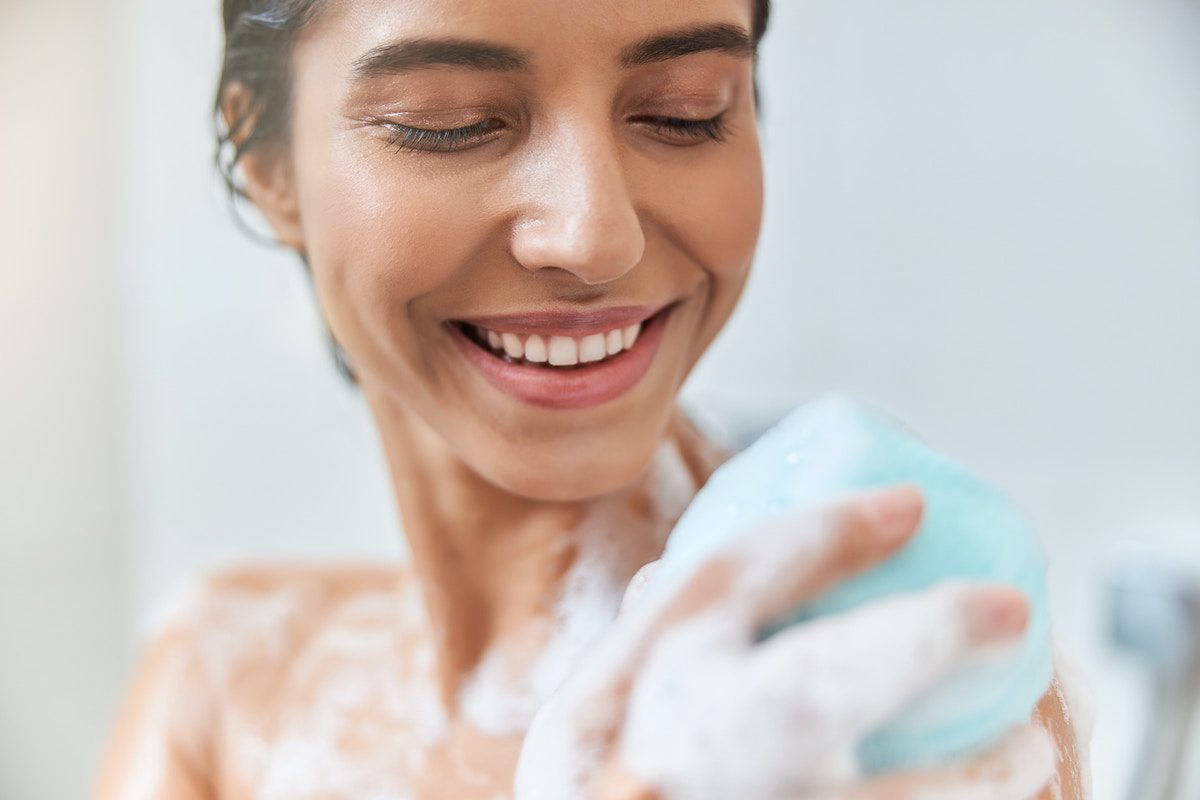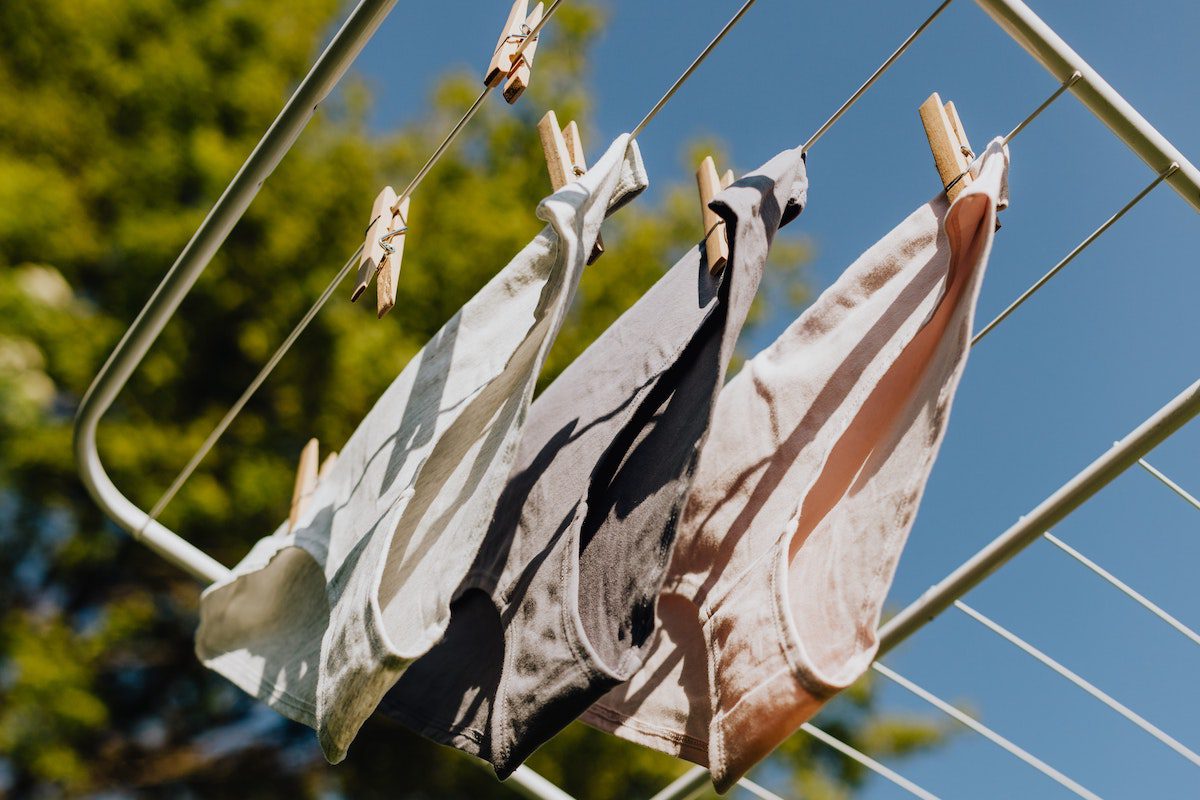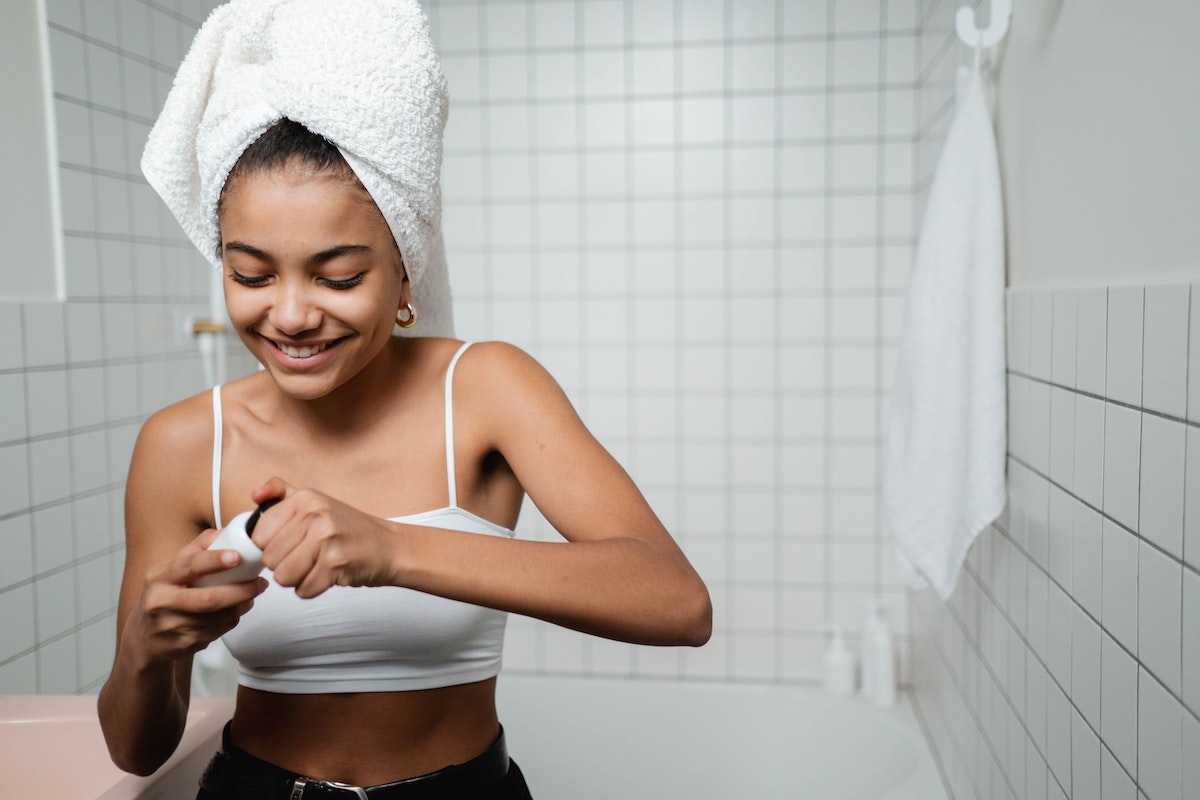The “Pink Tax” and Eight Other Gender-Based Injustices
Women face a dizzying array of obstacles when trying to simply keep up with what their male counterparts are able to achieve. From discrimination in the workplace to invisible financial burdens, many gender-based injustices can keep women from reaching their full potential.
The first step to fighting inequity is to name it and call attention to it. Here are several gender-based injustices that plague women, along with a few ideas of how you can start to fight these inequalities.

The Pink Tax, periods, and birth control pills
The pink tax, also referred to as gender-pricing, is essentially the cost of being a female. Only half the population is subject to these expenses. From products like women’s hygiene necessities and women’s clothing to services like dry cleaning and haircuts, women pay more for almost identical products and services simply because the women’s versions are more expensive. In fact, this NYC Consumer Affairs study on gender pricing found that women pay more than men 42 percent of the time, resulting in about $1,300 more a year.
Additionally, women experience several biological functions that we cannot naturally control. From the pain of menstrual cramps to the hormonal fluctuations experienced during PMS, women endure quite a bit each month. Add to that the unavoidable costs associated with a woman’s period like tampons, pain meds, heating pads and replacement undies, and the price of being a woman quickly rockets sky-high. Pandia Health states that “the average woman menstruates from age 13 until age 51 with her period lasting from three to seven days, equaling 456 periods; 456 periods over 38 years [amounts to] roughly 2,280 days.”
With the vast amount of research for birth control, why isn’t there a better option for birth control for men? The hormonal birth control options for women can have so many varying side effects that it can be more harmful than helpful. Mood swings, acne, bloating, and headaches are just a few of these potential symptoms. According to Pandia Health, birth control pills alone can cost a woman up to $11,400 in a lifetime.

Workplace discrimination and the gender pay gap
At work, women are often denied the opportunity to earn, learn, and lead. Generally, they have less power and they’re seen as less influential. Employers frequently question women’s professional competence. Inequality in compensation between men and women is a well known injustice. This begs the question, why haven’t we seen much change in the way of pay equality?
A 2019 article by NPR says on average, American women are more educated than men, with women earning more Bachelors, Masters, and Doctorate degrees for the past four decades. Yet, women form the majority of those living in poverty and “a man with a bachelor’s degree out-earns an equally credentialed woman by about $26,000 per year,” as confirmed by the same article.
In addition to receiving less compensation, women also receive less recognition for their hard work and are often overlooked for the opportunities they’ve earned. The 2020 Fortune 500 list published in May revealed a record high for the number of women CEOs (37); in comparison, men held 463 CEO positions.
Choosing between career and family
In many women’s lives, there comes a time when they’ve had to choose between their career or taking the time to start a family. For many women, the most important years of their professional development are the same as their child-bearing years. This means their biological clock is directly competing against the career clock. Women often take time off to focus on the responsibilities associated with having and raising children, sometimes causing them to miss critical promotions and advancements along their career path.
With data from as recently as the start of the pandemic, research shows that “mothers are three times as likely as fathers to be responsible for a majority of housework and childcare during Covid-19,” causing women to leave the workforce at a rate 4 times higher than men (not to mention the established implicit bias of US society that women should be ready and willing to give up their career for the sake of their family).
These unspoken beliefs can influence an employer’s decision making. This could take the form of a hiring manager offering a promotion to a newly married male candidate over the equally qualified newly married female candidate. The assumption and stereotype could be that the woman will start a family soon and need to take significant time off work or that if the job requires travel, the woman might not be as available as a male counterpart.
Freedom and safety
Women are seen as equal to men in many regards, but not when it comes to being free enough to express ourselves or feeling safe as we move through the world. Freedom would be providing space for women to speak their minds completely and confidently without being labeled and judged for stepping outside of a submissive role or a meek personality stereotype. To be truly free, we’d need to live in an environment where women can wear whatever they want without unsolicited and unwanted commentary from others.
According to the CDC’s 2010 report, more than 1 in 3 women in the United States have experienced sexual or physical violence in their lifetime. These numbers don’t include the women who’ve been verbally or emotionally abused and the women who’ve chosen not to report the incident. If women were free, the dark of night wouldn’t feel threatening and unsafe. Being alone would be comfortable both out in the world and when making the choice of remaining single against society’s pressure of prescribing value to being in a relationship or marriage.
Societal standards on appearance
The growth and spread of social media is absolutely worrisome when these platforms are used to negatively impact women’s self and body image. Regular consumption and engagement promotes narrow societal beauty standards. The algorithms are designed to show us the most popular and viewed content, so the more viral something has become, the more people will continue to see it. Women’s declining mental health in recent years is said to strongly correlate with the rise of social media.
That said, social media isn’t all bad. It’s now often used to spread body positivity and acceptance. Varying global campaigns and popular hashtags promote self-love. One of these campaigns, the Dove Choose Beautiful campaign, found that 96 percent of women don’t think they’re beautiful. While this percentage is huge, this number isn’t surprising and speaks to the lack of self confidence many women struggle with.
Clearly womanhood comes at a price. So women, keep juggling all of life’s crazy demands and take your breaks when you need time for self care. Recognize that it’s truly not easy being a woman and thrive despite all of the things that could hold you back.












